TechRadar Verdict
Sony's standard zoom FE 24-50mm F2.8 G lens doesn't reach as far as a 24-70mm, but it's a lot smaller, handles superbly for photo and video and costs a lot less than Sony's premium 24-70mm models. It's also optically impressive – sharp even at f/2.8 and across the entire image area. The pronounced cat's eye bokeh won't be to everyone's taste, and I initially missed being able to zoom to 70mm, but you still get a lens that covers what is effectively five fixed focal length lenses. No, it doesn't stand out from the crowd particularly, but the Sony FE 24-50mm F2.8 G is highly competent in virtually every regard.
Pros
- +
A decent fit with Sony's mirrorless cameras
- +
Superb sharpness
- +
Versatile handling for video and photography
Cons
- -
Pronounced cat's eye bokeh
- -
Limited zoom range
- -
Lens zoom design quirk
Why you can trust TechRadar
Two-minute review
Sony has added yet another 'FE' lens primarily designed for its full-frame mirrorless cameras – the FE 24-50mm F2.8 G. It's a slight twist on the classic standard zoom, compromising the telephoto reach of 24-70mm zooms in order to wear the crown of Sony’s lightest and smallest ever full-frame zoom lens with f/2.8 aperture.
Kudos where it's due, Sony is more active in the lens department than most of its rivals. It's committed to its mirrorless camera system and users are spoilt for choice for what glass to whack on their Sony camera – but is there actually a need for this lens when there are already similar alternatives available? I think it's a sensible addition that will serve creatives well, especially those that shoot a lot of video in addition to photography.
At only 15.5oz / 440g and measuring 3.63 inches /92.3mm in length, it's virtually the same size and weight as the Sony FE 24-70mm F4 ZA OSS lens, while giving that extra stop of light with its constant f/2.8 aperture, albeit at a much higher price.
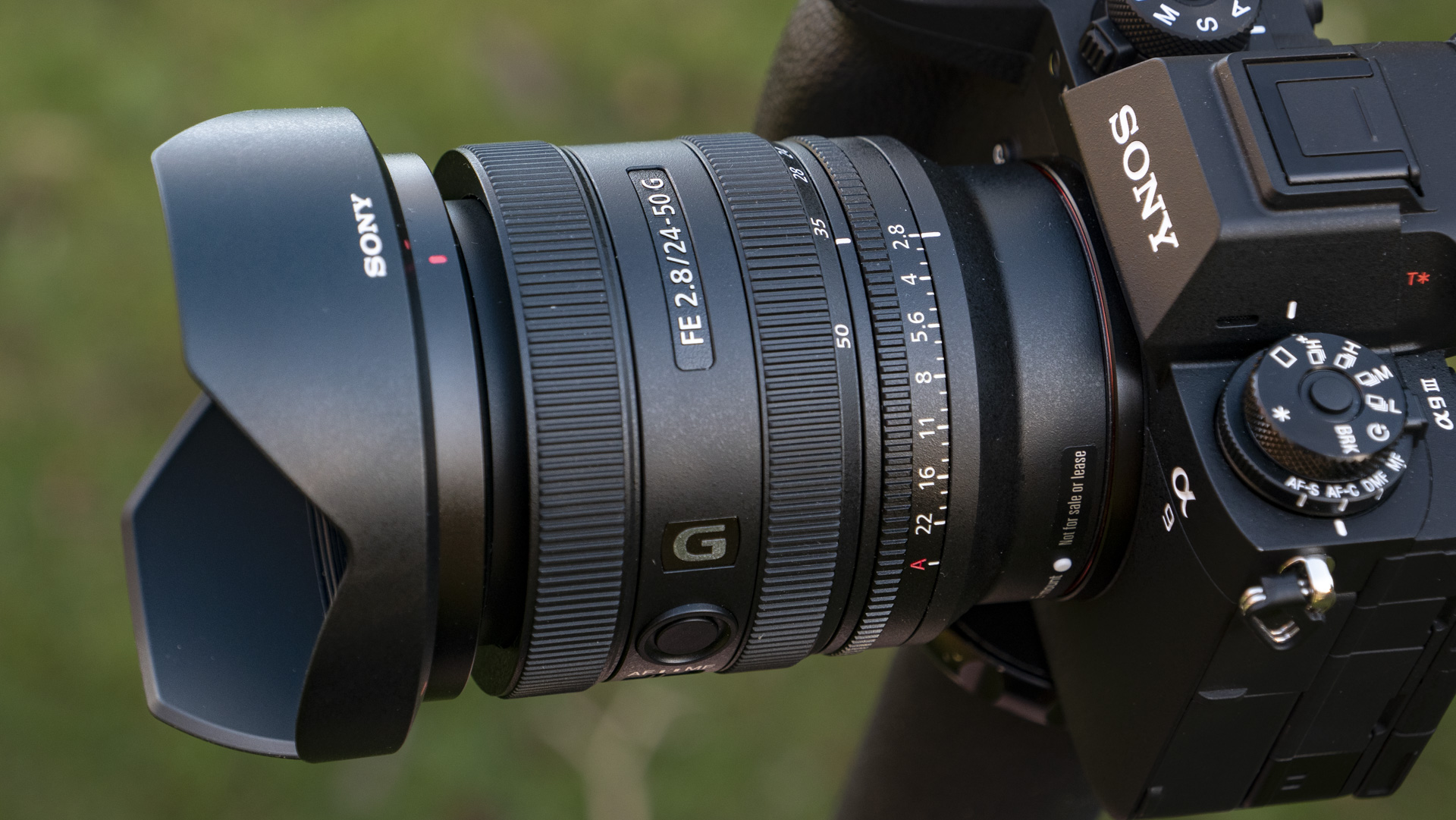
Compared to the Sony FE 24-70mm F2.8 G OSS II, meanwhile, it's much smaller, around 50% lighter and significantly cheaper. At a little over $1,000 / £1,150 it's priced somewhere down the middle of those two 24-70mm zooms, but lacks the 70mm reach.
Let's not forget the FE 20-70mm F4 G, which is the most versatile off all Sony's standard zooms, but with an f/4 aperture. So there is some distinction between models, and for many people the new lens will be the most compelling of the four.
Sure, you sacrifice the telephoto 70mm of other standard zooms, but the 24-50mm range still covers four popular lens focal lengths; 24mm, 28mm, 35mm and 50mm. (Sony has a couple of cheap fixed lens alternatives including the FE 35mm F2.8.) I think it's a sensible focal length compromise instead of, say, making a 28-70mm f/2.8, especially because it caters for Sony's typical customer in 2024; a photo and video creator.
Most video users will appreciate being able to go wider rather than zooming in more; it might not sound like it, but 24mm is much wider than 28mm and versatile for run-and-gun and selfie videos.
Sign up for breaking news, reviews, opinion, top tech deals, and more.
You can do a little test if you already own another lens that covers this zoom range; check the metadata of your images to see which focal lengths you use the most often. We photographers often shoot the two extremes of what a lens offers, but if you rarely use 70mm then this 24-50mm is an obvious choice.
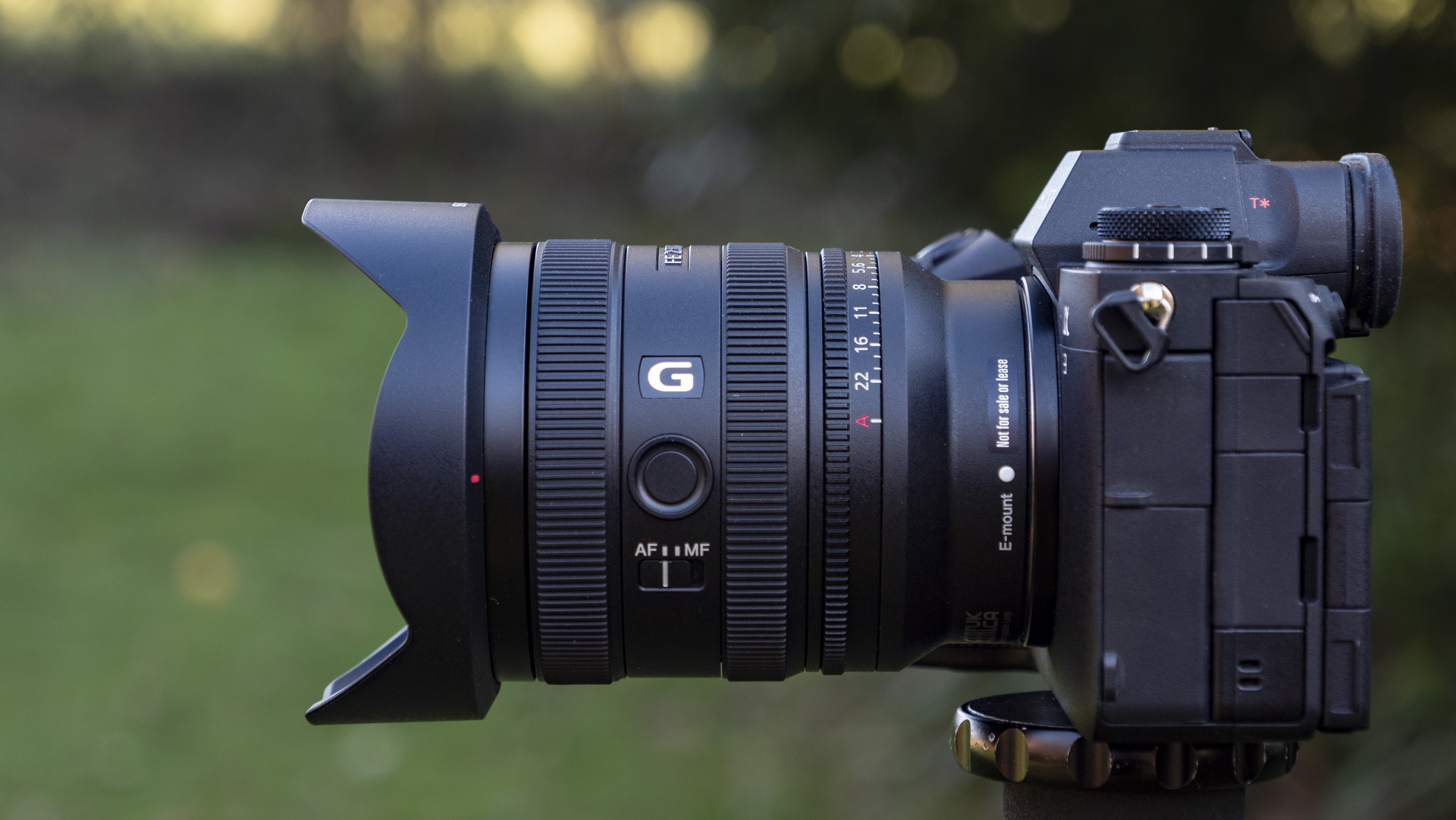
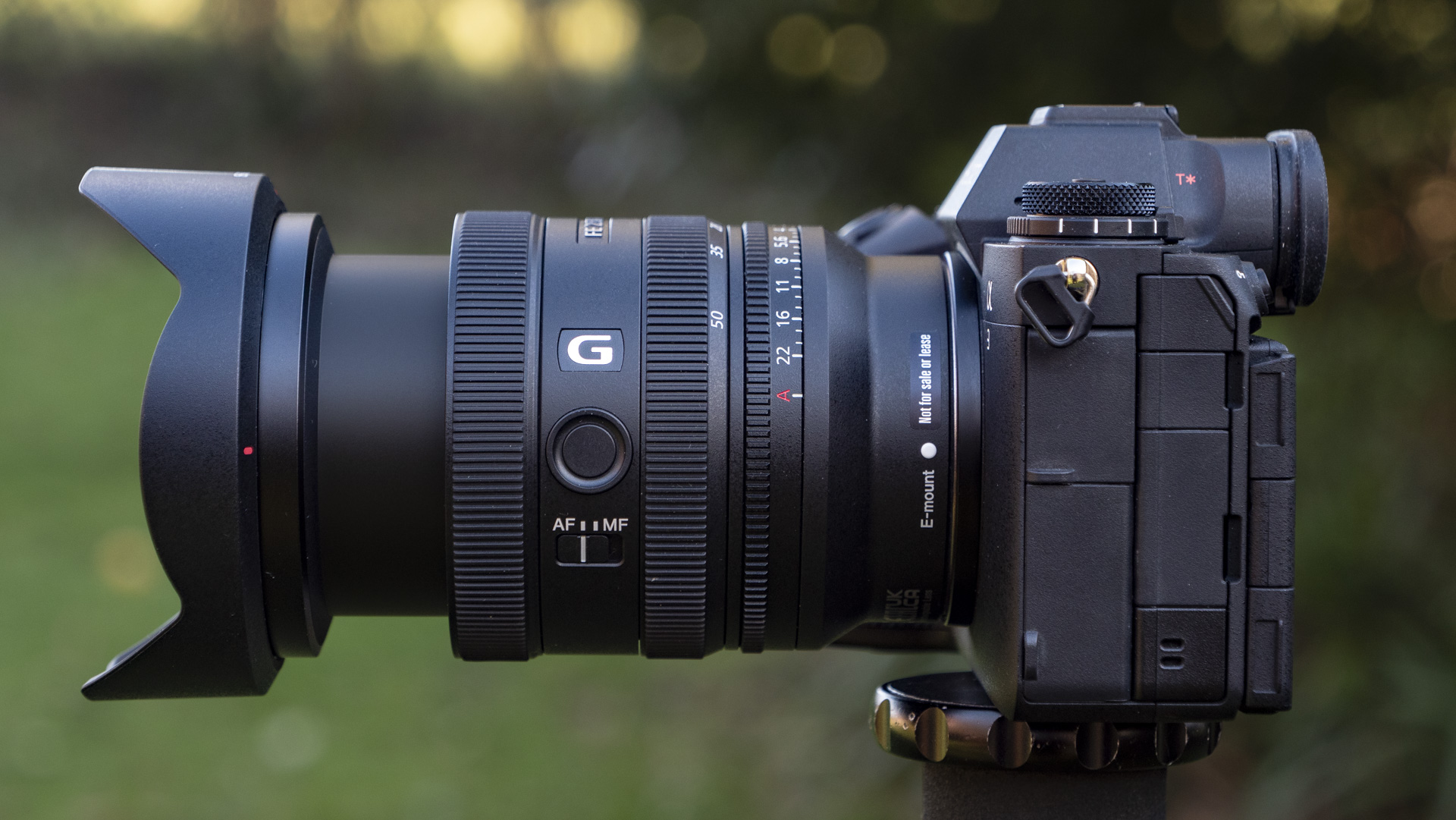

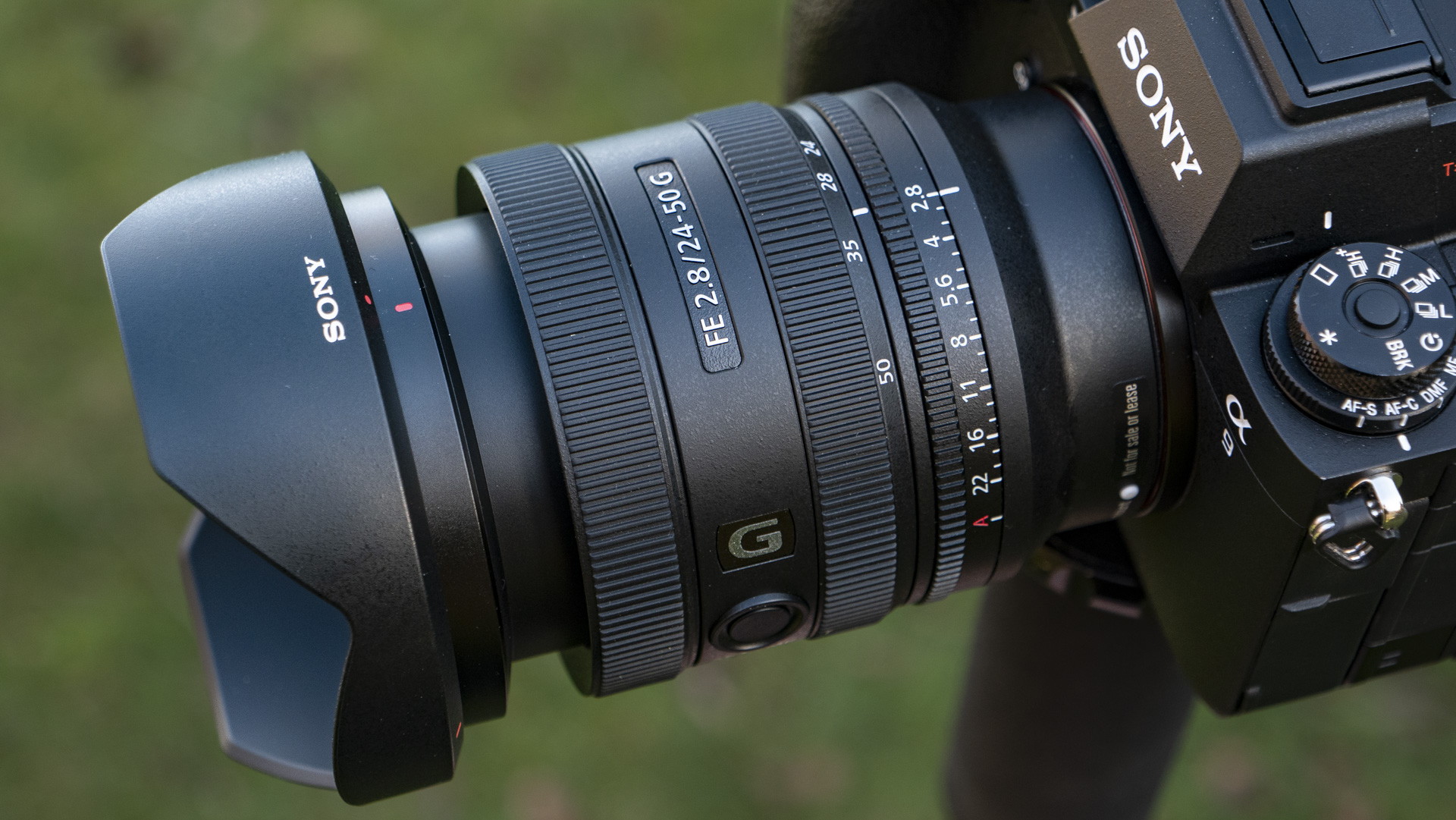
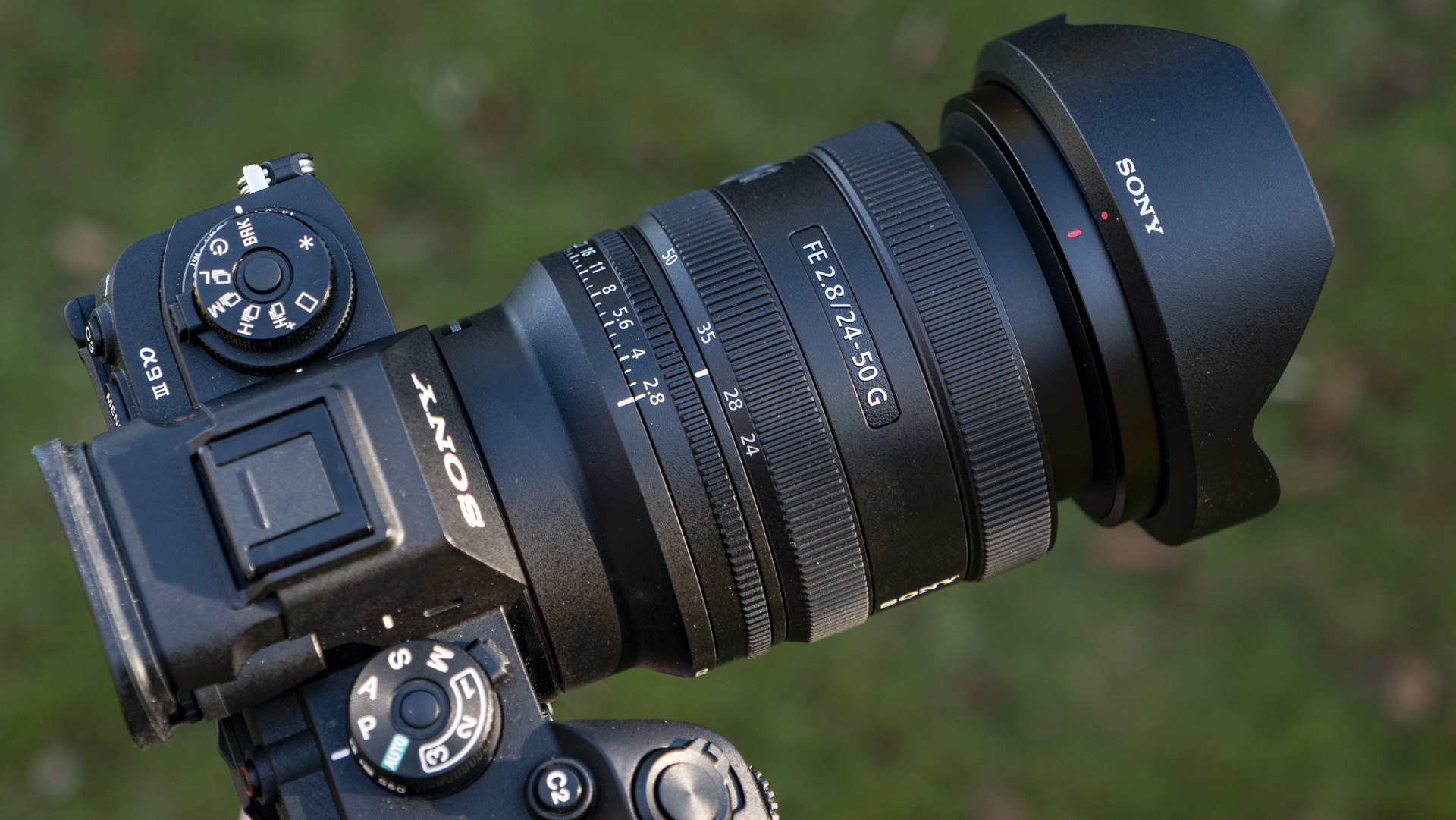
Sony FE 24-50mm F2.8 G: price and release date
The Sony FE 24-50mm F2.8 G costs $1,100 / £1,150 / AU$1,999, which means it sits between the 24-70mm F2.8 G II ($2,299 / £1,999 / AU$2,899) and the 24-70mm F4 ($899 / £749 / AU$1,209).
It's a similar price to the FE 20-70mm F4 G ($1,099 / £1,299 / AU$1,449) depending on your region, as price cuts have been handed out. Shipping is from April 2024.
Sony FE 24-50mm F2.8 G: design
I had the new 24-50mm F2.8 G with a Sony A9 III for this review and it proved a perfect size match. It's the right fit for Sony's more compact mirrorless cameras – they feel made for each other. Even with a smaller travel camera such as the A7C II there would be good balance, and it makes for a great everyday lens.
That physical synergy is extended to the design and features of the lens. An aperture ring which can be clicked or de-clicked is in easy reach, while twin linear motors give fast and quiet internal autofocus, plus focus breathing compensation. Truly, it's made for 2024's hybrid cameras.
Other features include a dust and moisture-resistant build – again complementing the ruggedness of Sony's enthusiast and pro-level cameras – and a minimum 0.3m focus distance with maximum 0.3x magnification at 50mm; that’s decent close-focusing capabilities.

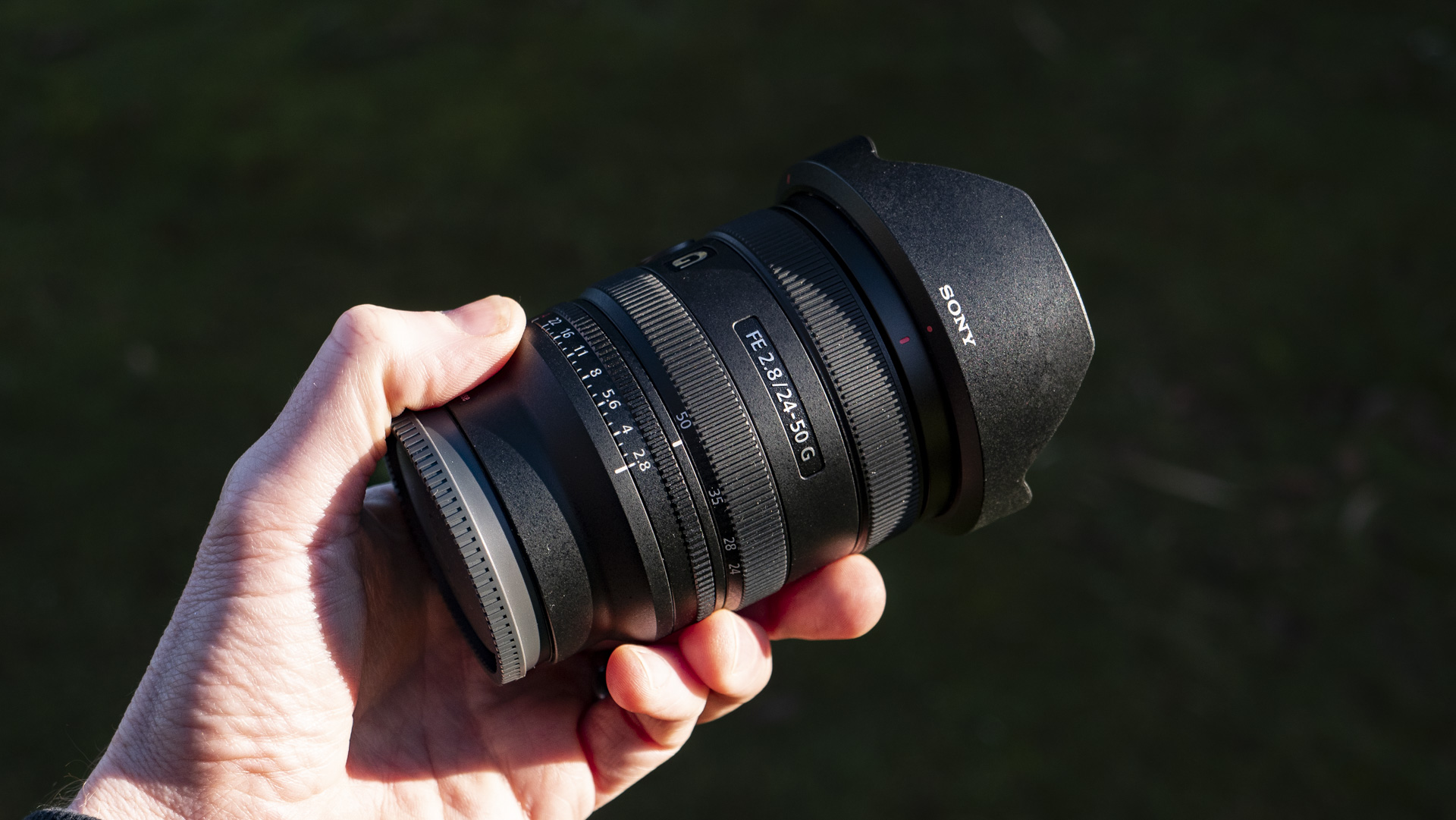
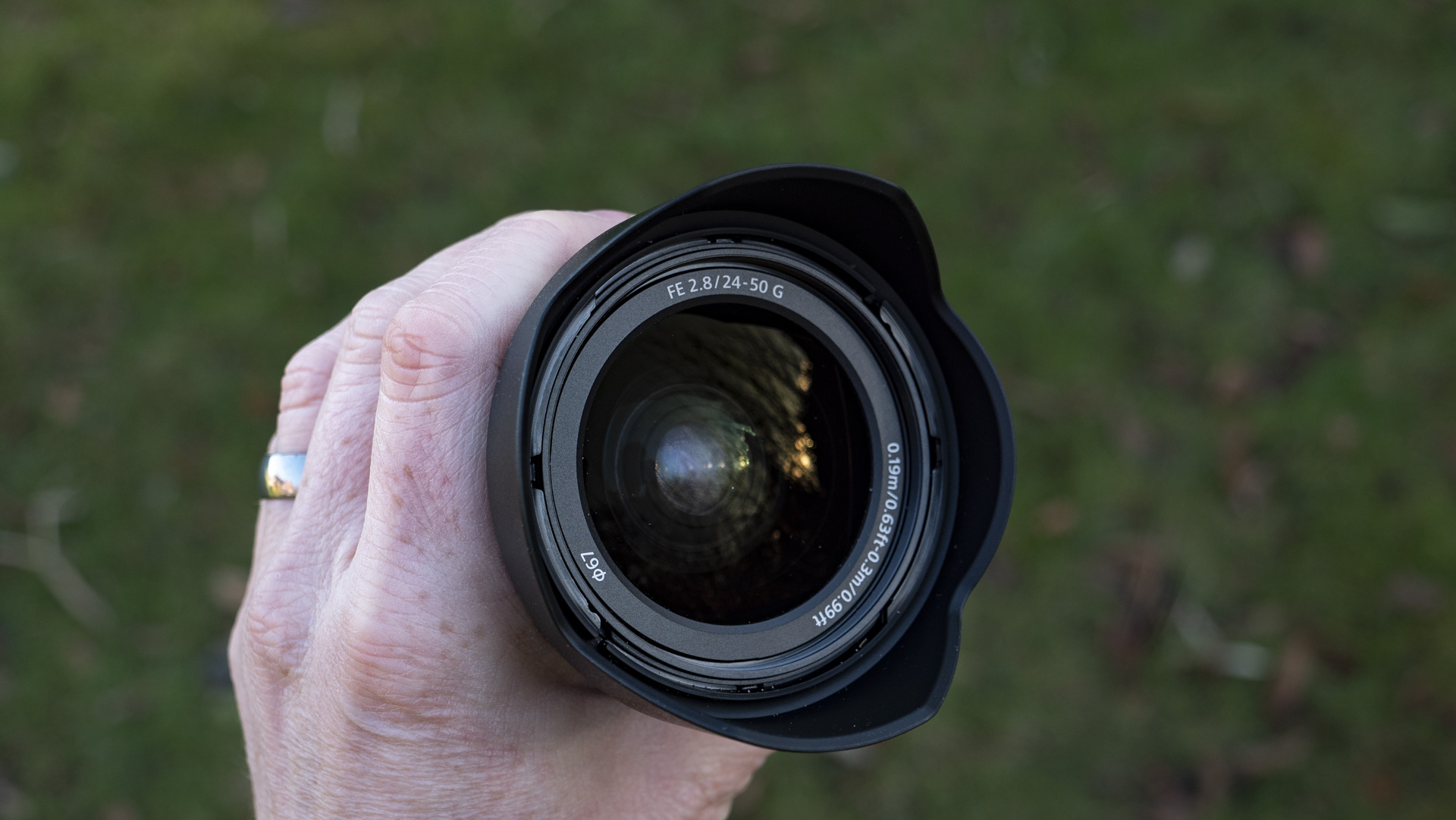
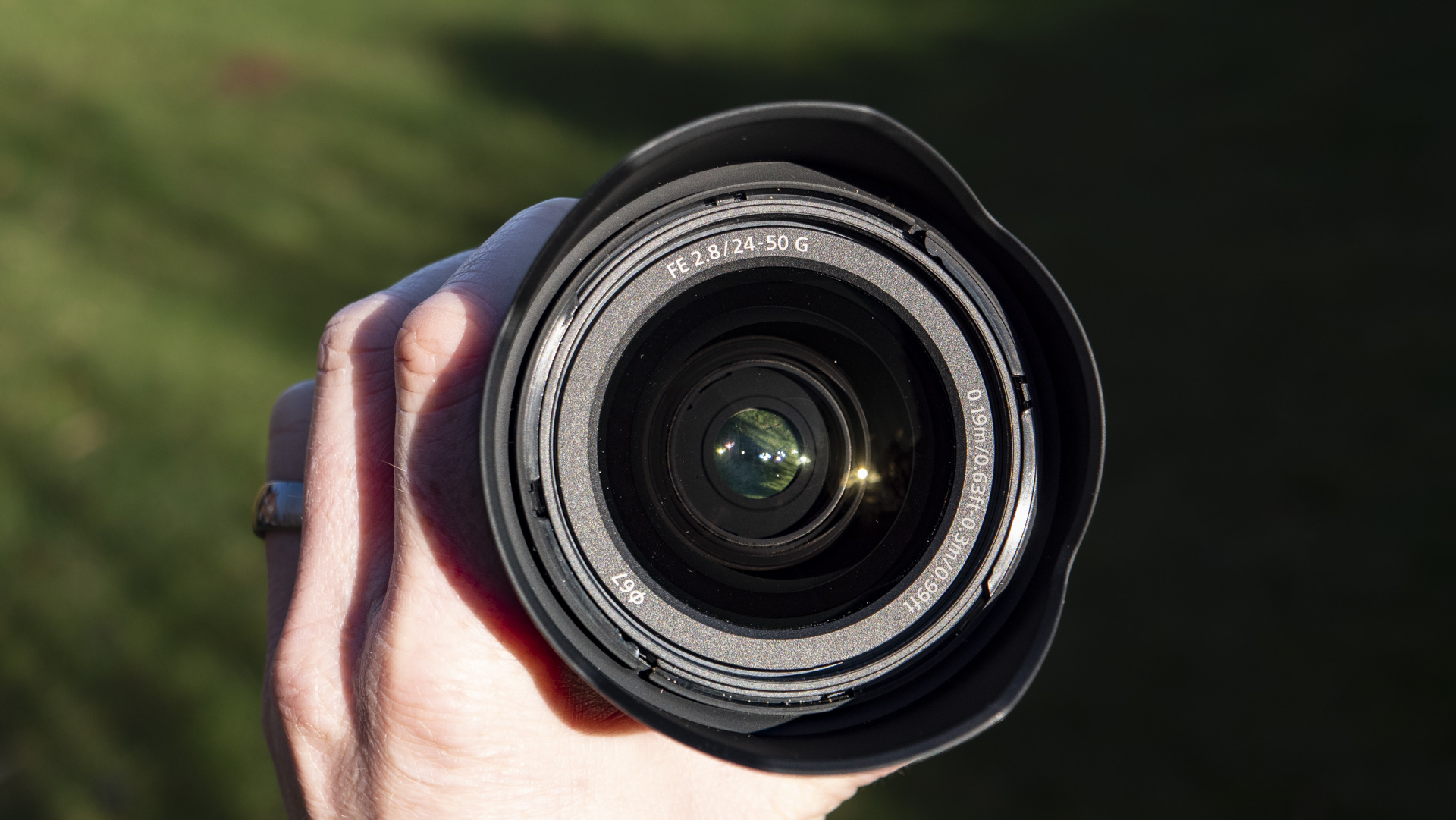
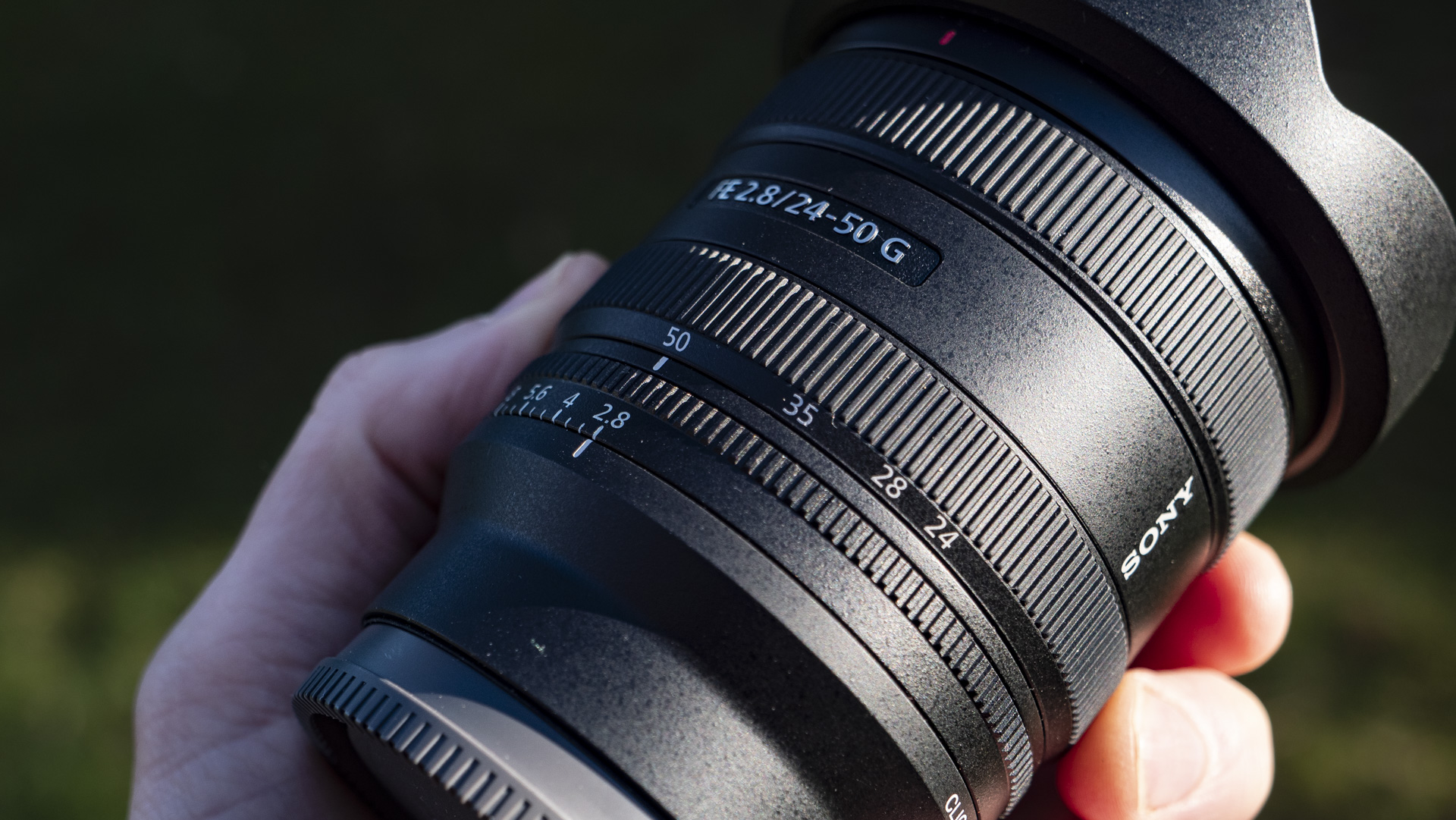

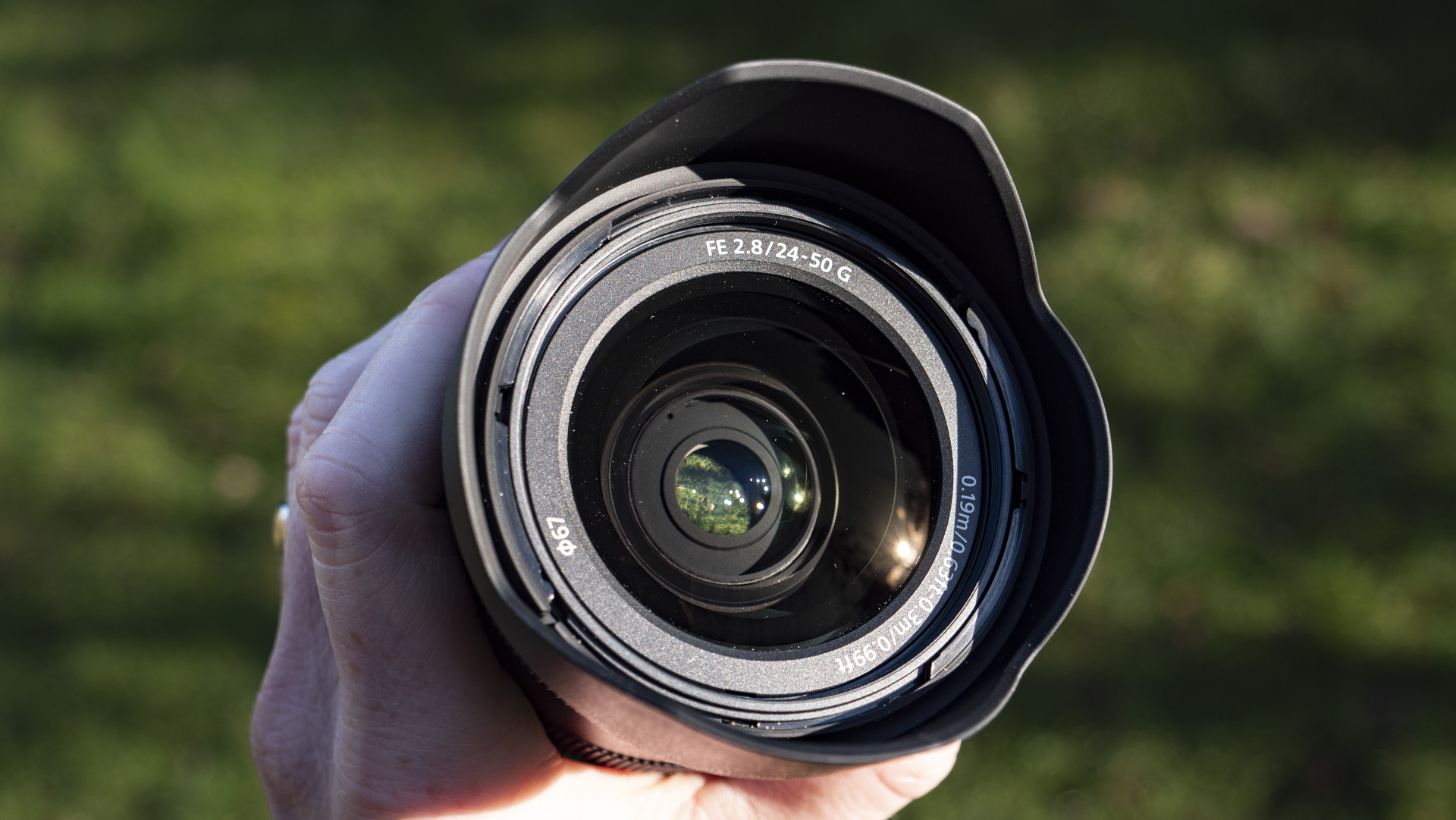

One design quirk that I discovered quickly regards the extension of the lens barrel as you move through the zoom range. When retracted, the lens is actually in its zoomed-in 50mm setting, and as you zoom out to the wide end, the barrel extends. That's the opposite of almost every other lens that I have used – when you fire up the camera the lens is usually wide and you twist the barrel to zoom in. The reverse feels counterintuitive in the 24-50mm and it takes a little getting used to.
There's little else to say about the lens build, besides that it takes 67mm threaded lens filters, a common a low-cost size, and that it comes supplied with a petal-shaped lens hood.
Sony FE 24-50mm F2.8 G: performance
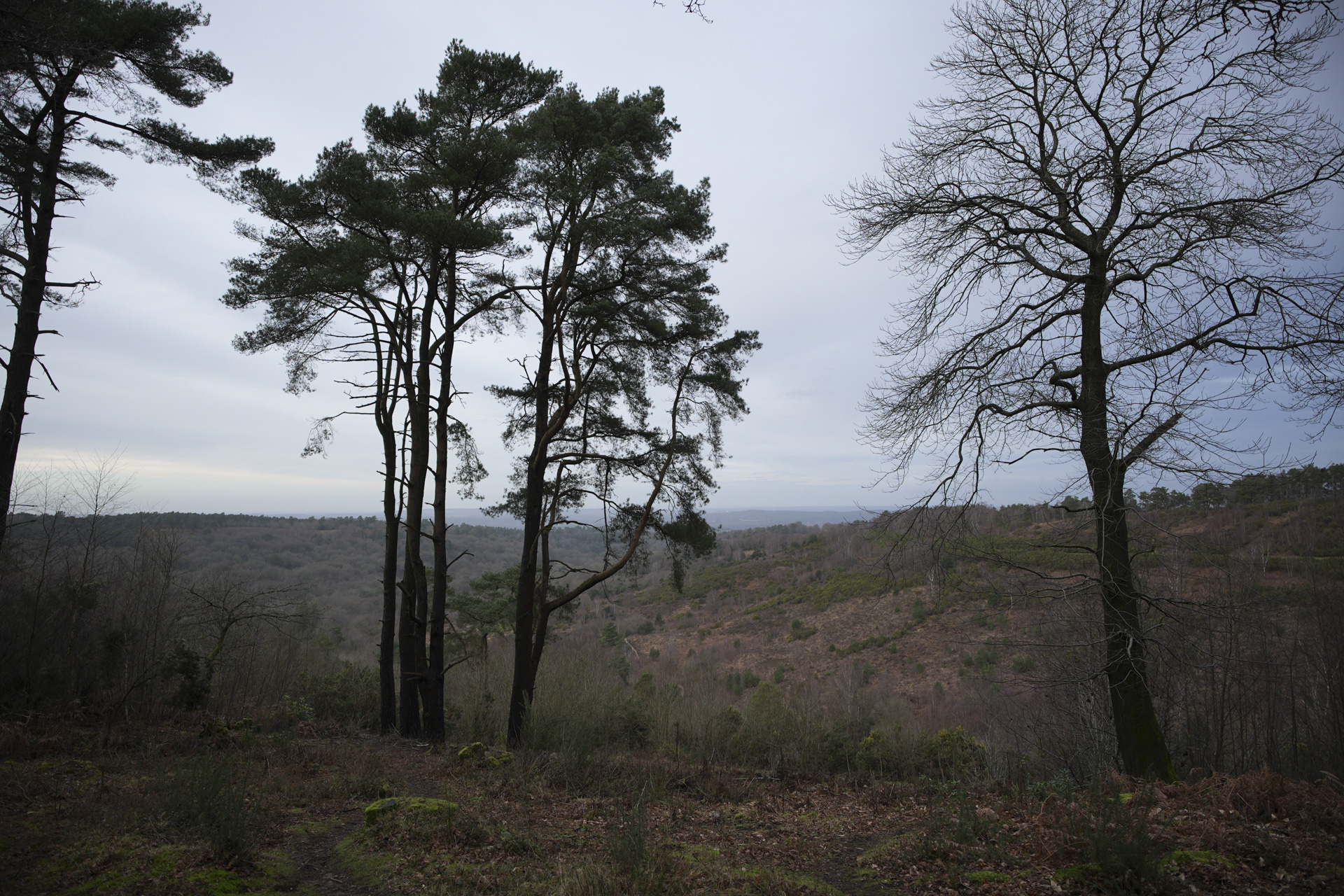
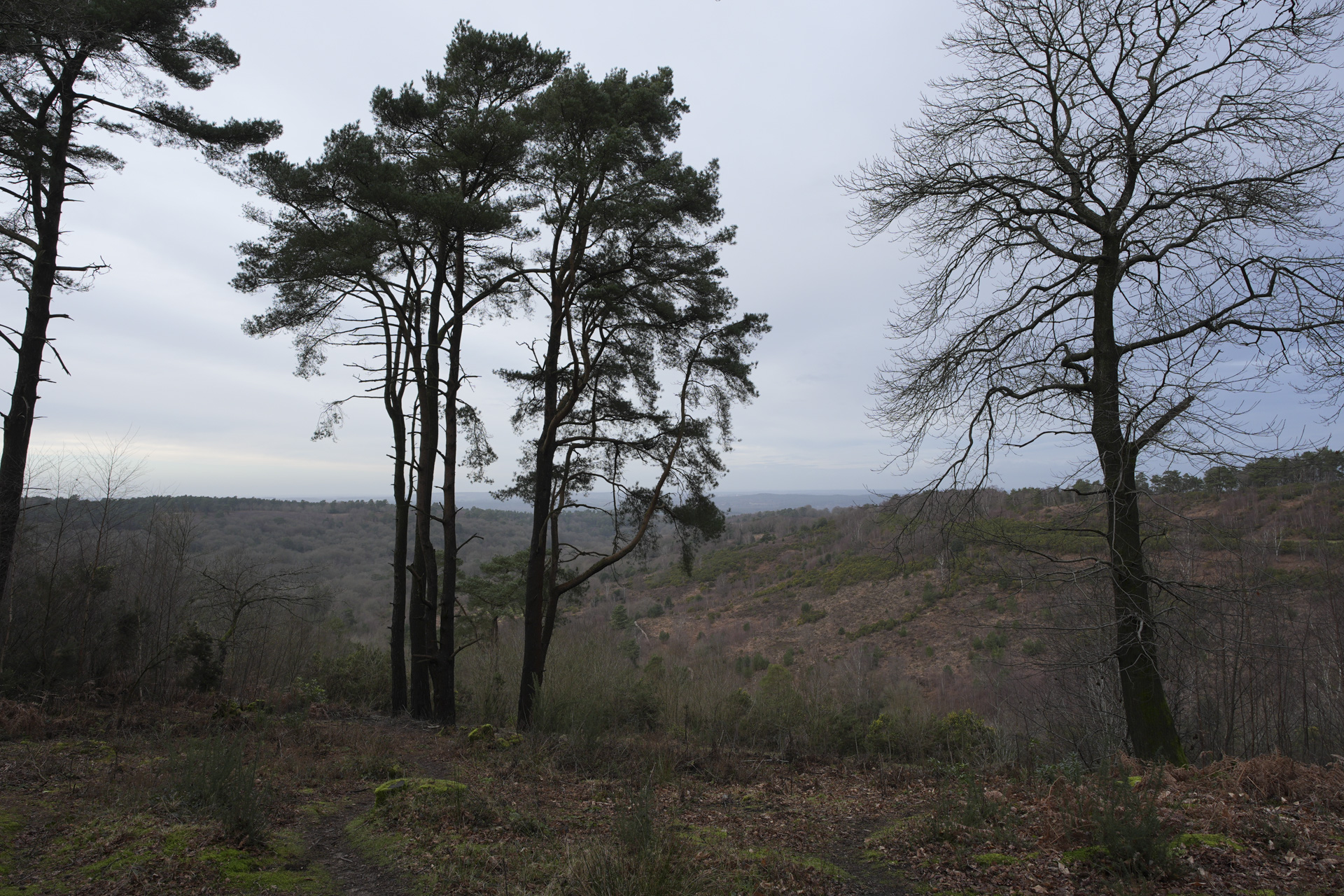
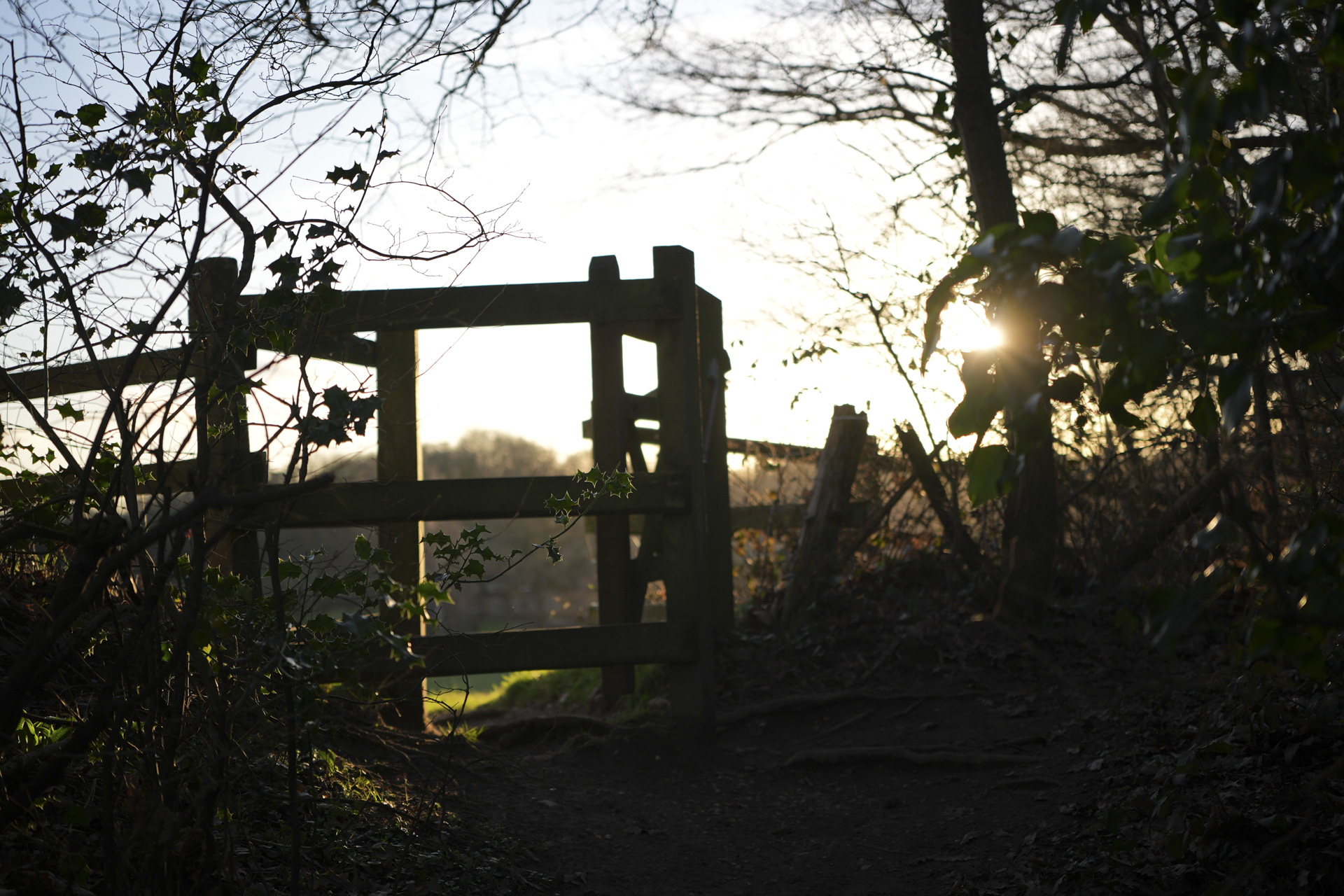
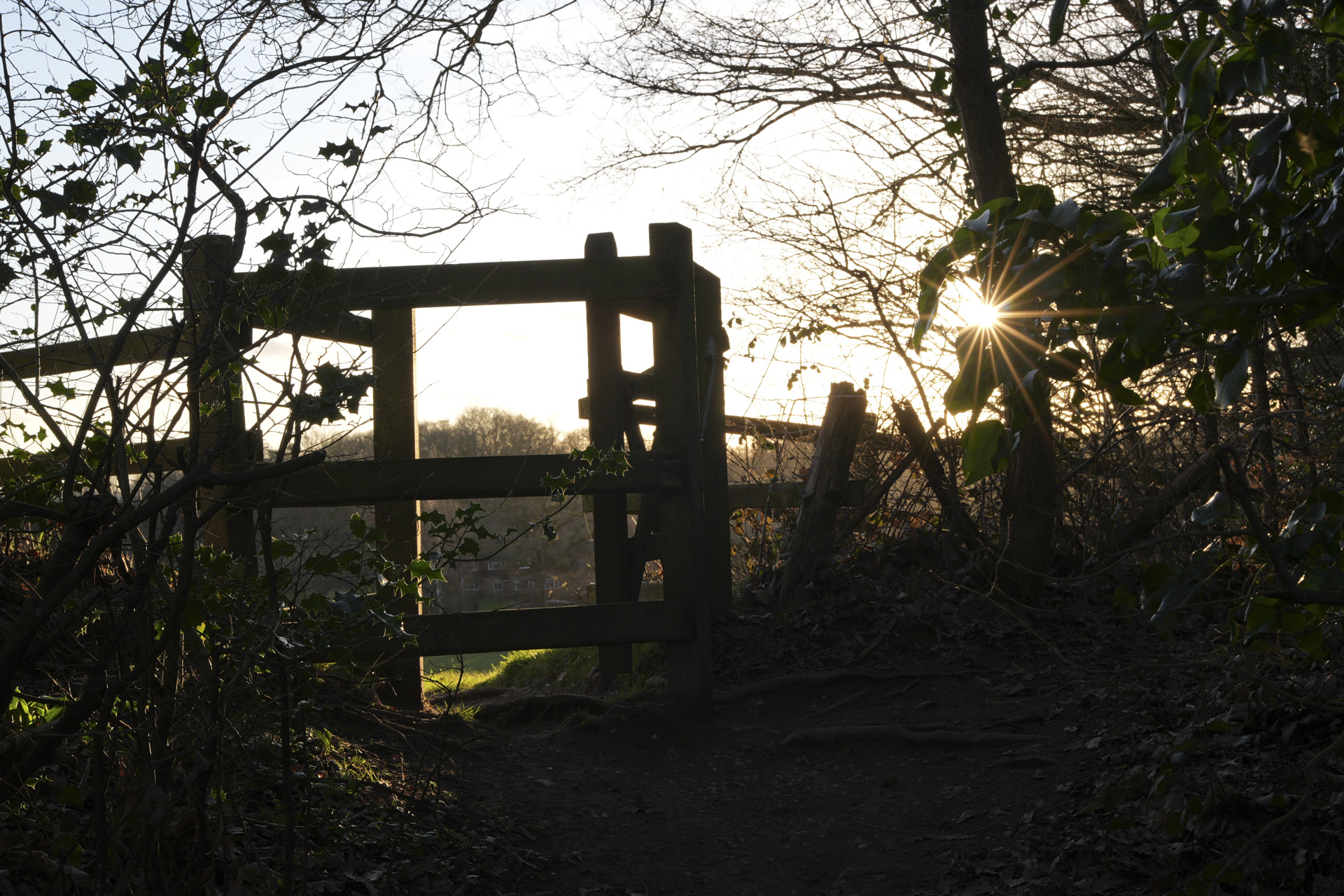
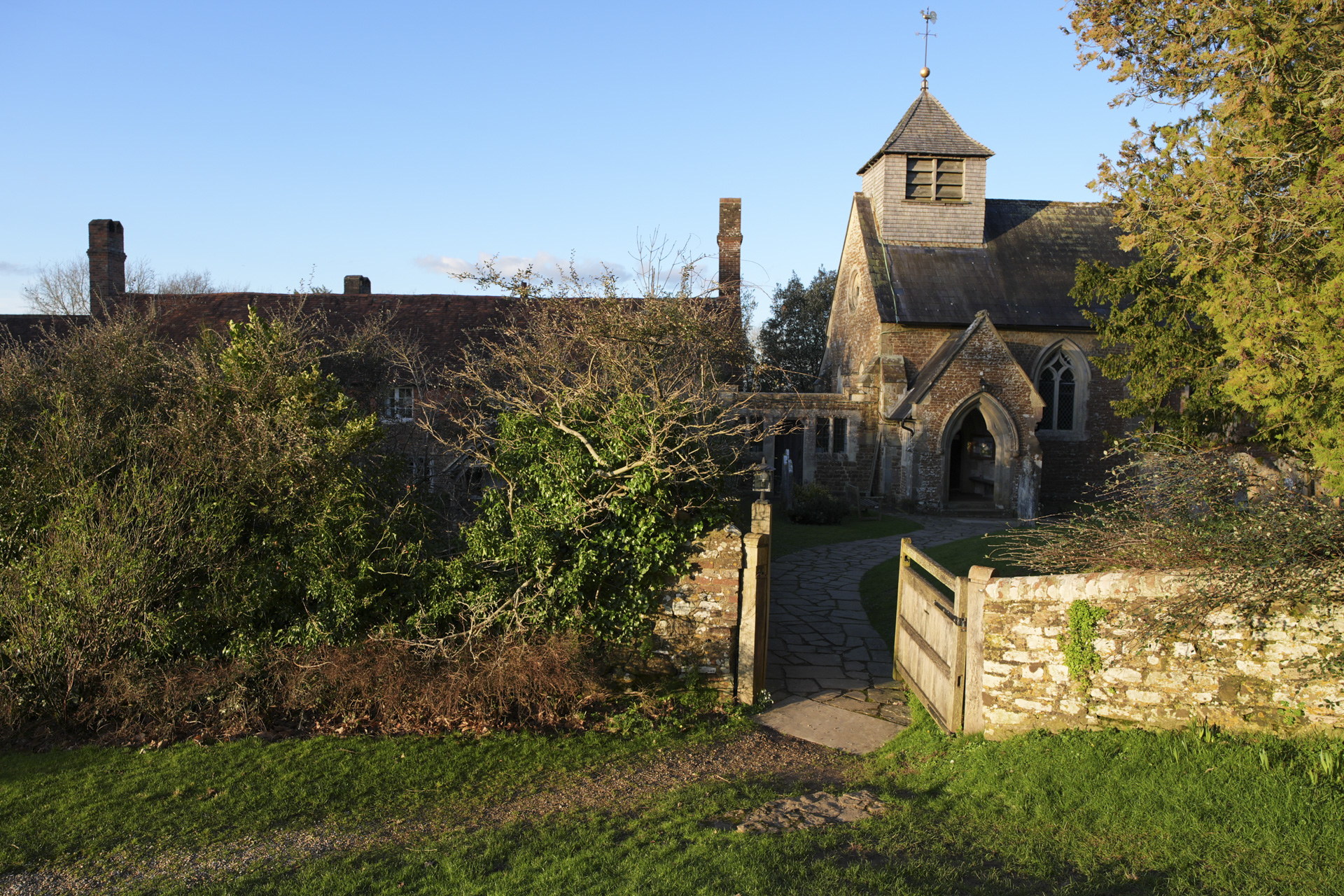
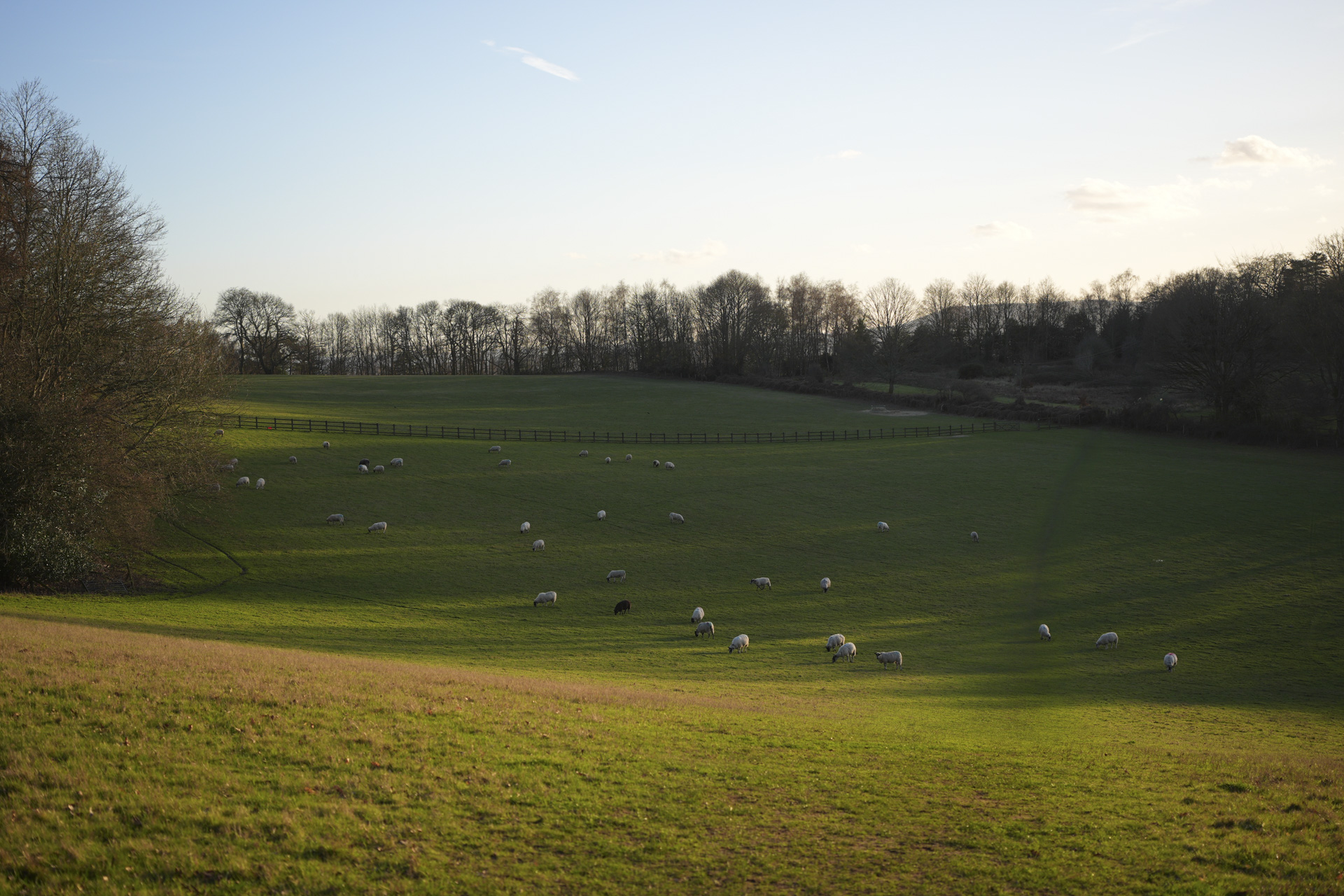
During the few weeks I had the 24-50mm with the Sony A9 III, I've taken portrait photos, landscapes, video clips and more. I've found the lens able to support the high performance of the A9 III camera, providing fast and quiet autofocus, plus reliable and accurate subject detection autofocus. It's still worth mentioning these things in a lens review – I've been relaxed in knowing that the camera and lens combination is able to focus sharply, so I have one less thing to worry about.
On the whole, the 24-50mm is optically excellent. It's super sharp even at f/2.8, though it's at its sharpest between f/4 and f/11. Once you've stopped aperture down to f/16, details get a fraction softer – that's typical of most camera lenses, and I expect most users won't be interested in performance at f/16 in any case. But overall detail is as sharp as I'd hope a Sony 'G' lens would be.

With all in-camera lens corrections turned off, I have taken sequences of identical images cycling through the different lens apertures, at both 24mm and 50mm, and then compared those image to check for vignetting. It's sharply present in the corners at 24mm and f/2.8, plus it's present at 50mm and f/2.8 in a more graduated way. Stop down to f/4 and I would describe vignetting as minor, and it's basically gone by f/8. For video you won't really notice vignetting because the very corners of the image sensor aren't in the frame.
Chromatic aberration at any focal length is virtually absent – that's super impressive, as is the lens' control of flare. I shot towards the sun at various angles with it in the shot and just outside the frame and didn't experience much lens flare at all.
While doing those shooting-towards-the-light tests I moved to dappled tree light, framed the sun in the picture and shot at f/16 and f/22 to pronounce the sunstar effect, where a crisp and tidy 22-point sunstar appeared – lovely stuff.
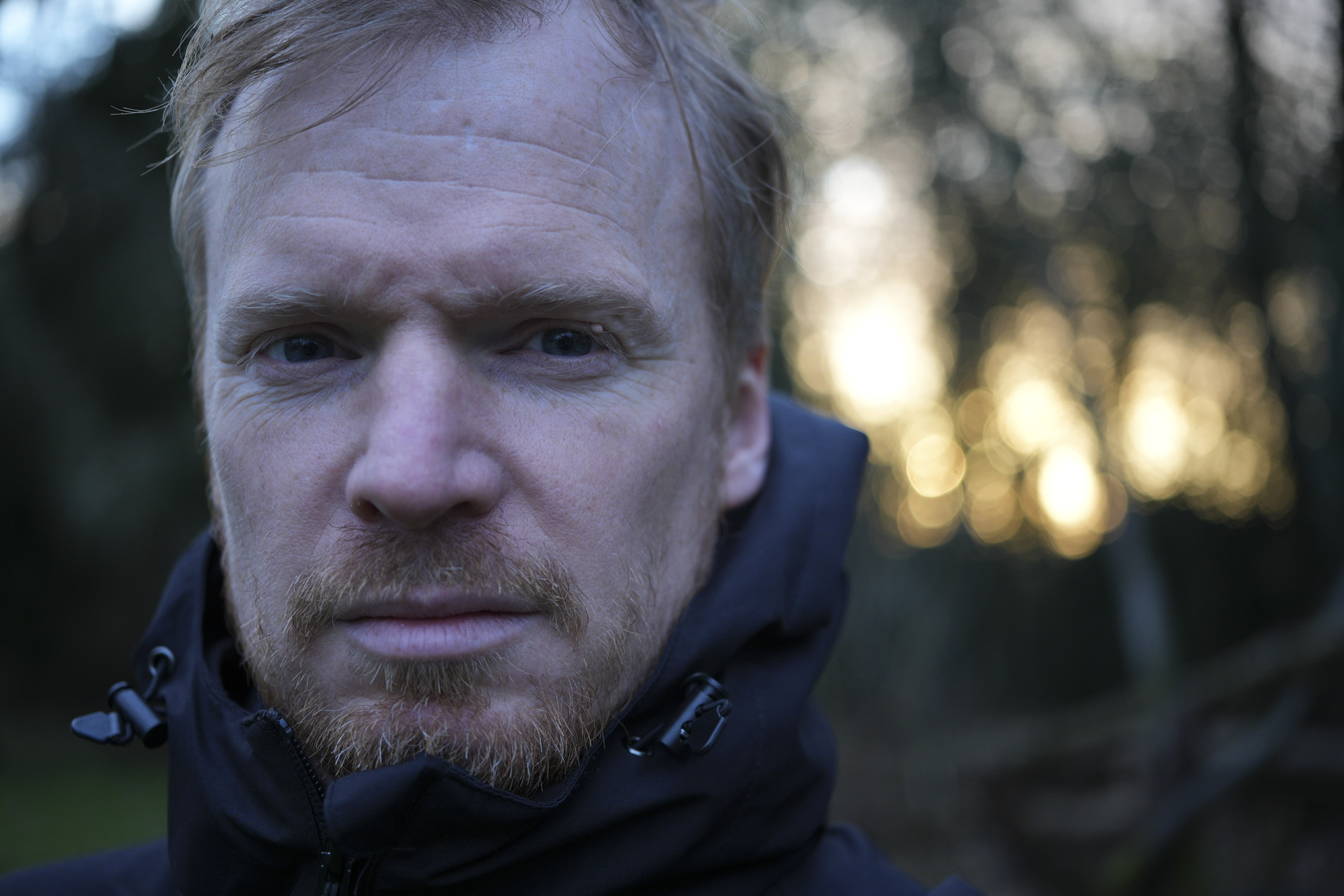
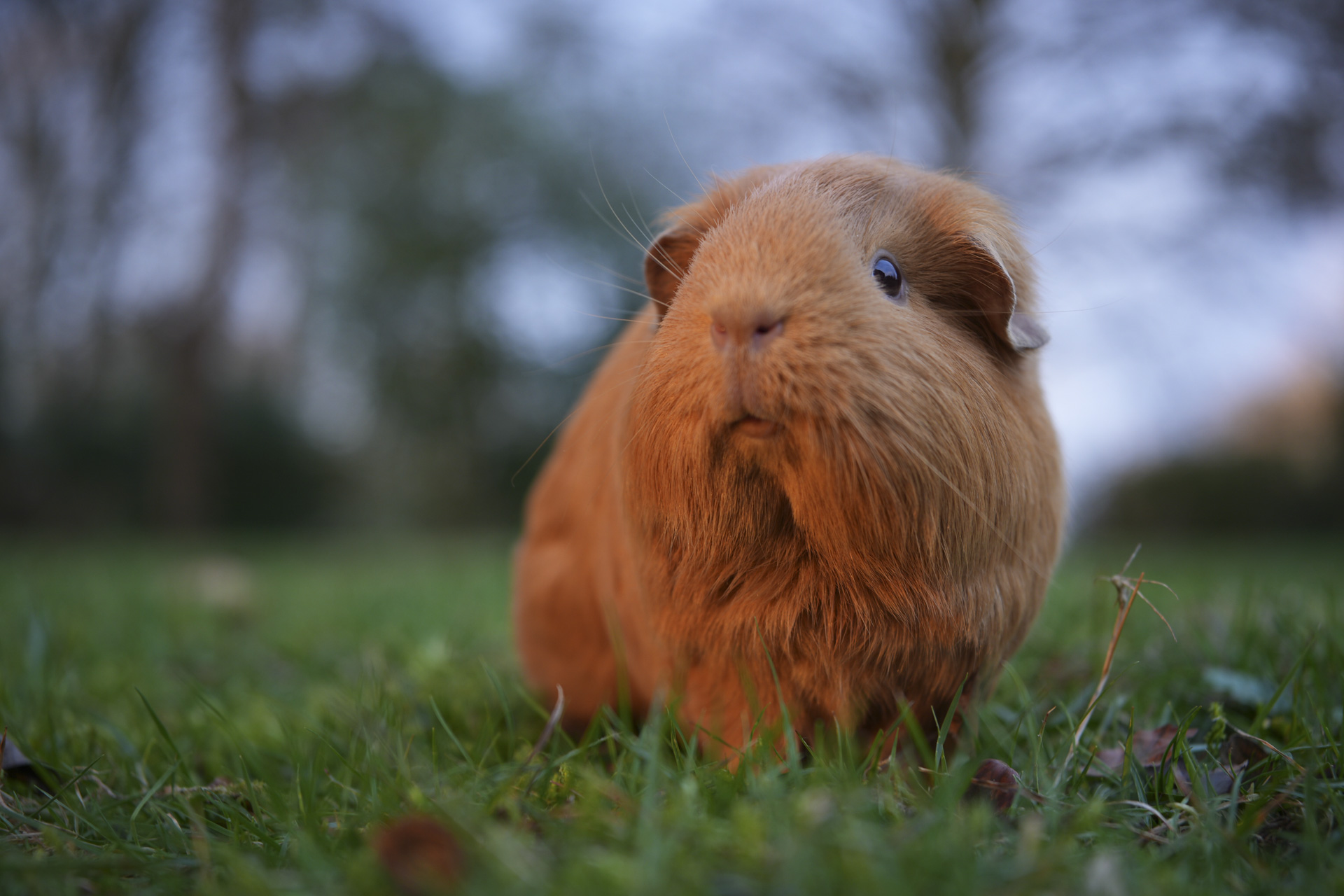
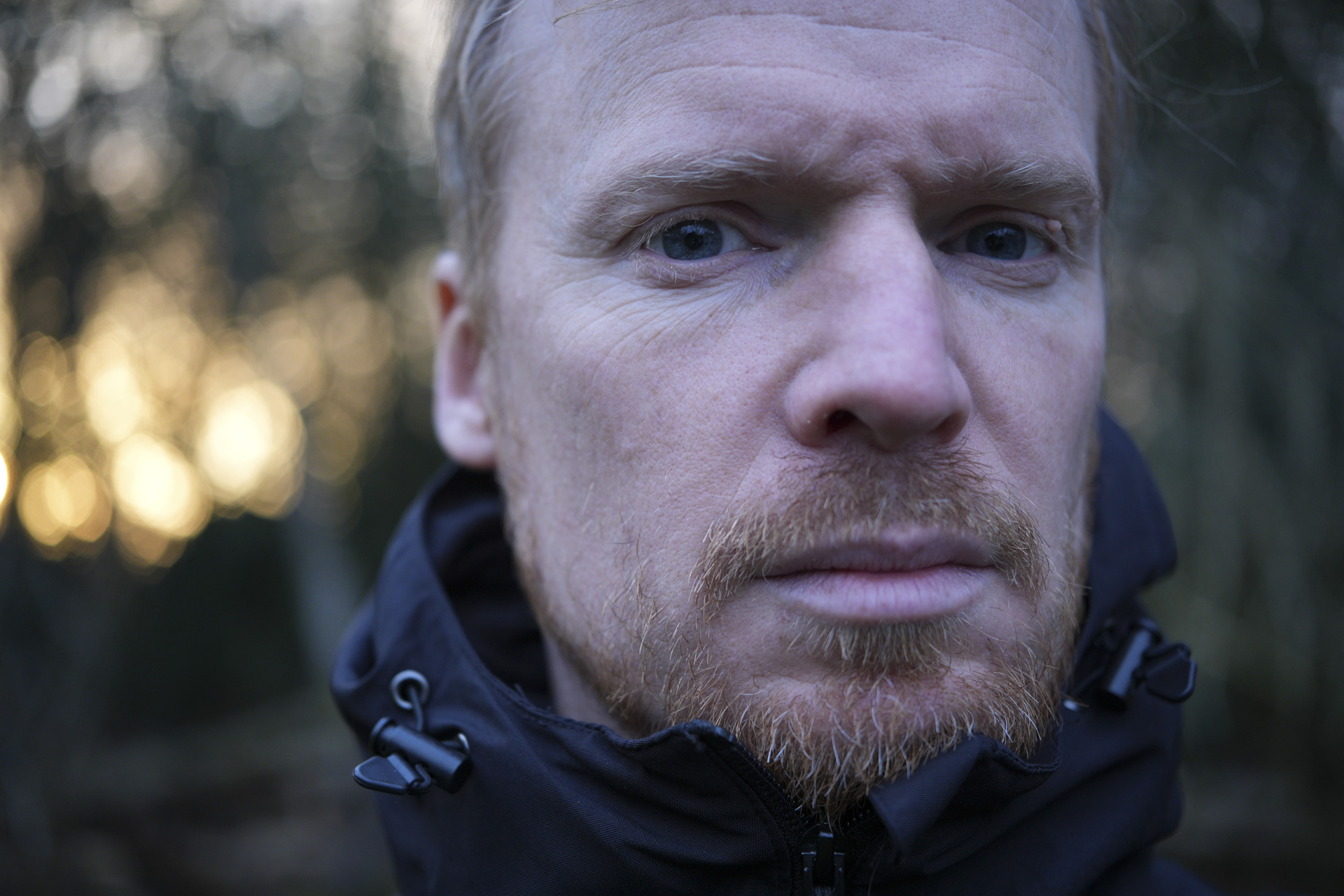
The 11-blade aperture is able to make fairly circular bokeh at f/2.8, although there's pronounced cat's eye bokeh towards the corners of the frame that changes in shape a little depending on if you are shooting at 24mm or 50mm. I've noticed this bokeh characteristic before in other Sony lenses like the 70-200mm F4 G OSS II.
Whether or not cat's eye bokeh is an issue is frankly down to personal taste; I don't mind it, particularly. Fortunately, there's no obvious vignetting going on in the bokeh and it's smooth enough – but I've seen much silkier bokeh in a specialist lens such as the Nikon Z 135mm f/1.8 S Plena. Overall, bokeh is decent without being spectacular – dare I say it for a f/2.8 lens, it's plain.
Overall, from design to handling and optical quality, the Sony FE 24-50mm F2.8 G is highly competent and is a decent everyday lens for video and photography. It's hard to get massively excited about the lens and it does have that length compromise compared to a 24-70mm, but it could be the most sensible Sony lens for users looking for a high-quality standard zoom lens. It's a surefire addition to our best Sony lenses buying guide.
Should I buy the Sony FE 24-50mm F2.8 G lens?

Buy it if...
You shoot a lot of video in addition to photography
From its design to its autofocus performance and focal length range, the 24-50mm is ideal for video creatives.
It covers your desired focal length range
Do you need 70mm? If not, you can save a packet by opting for the 24-50mm instead of the 24-70mm F2.8 G OSS.
You want sharp detail
Whatever your focal length and aperture up to f/16, the FE 24-50mm F2.8 G is super sharp.
Don't buy it if...
You’re mainly a photographer
One strength to the 24-50mm F2.8 is its design for both video and photography. If you don't really shoot video, you could go for a simpler and potentially cheaper alternative.
You don't need f/2.8
Do you really need f/2.8? Perhaps not, if you're solely thinking depth of field rather than light-gathering skills. If you can live with an f/4 lens instead, you will save a lot.
You want the best possible bokeh effect
The maximum f/2.8 aperture does give shallow depth of field when used with a full-frame camera, but it's not the silkiest bokeh we've seen.
How I tested the Sony FE 24-50mm F2.8 G lens
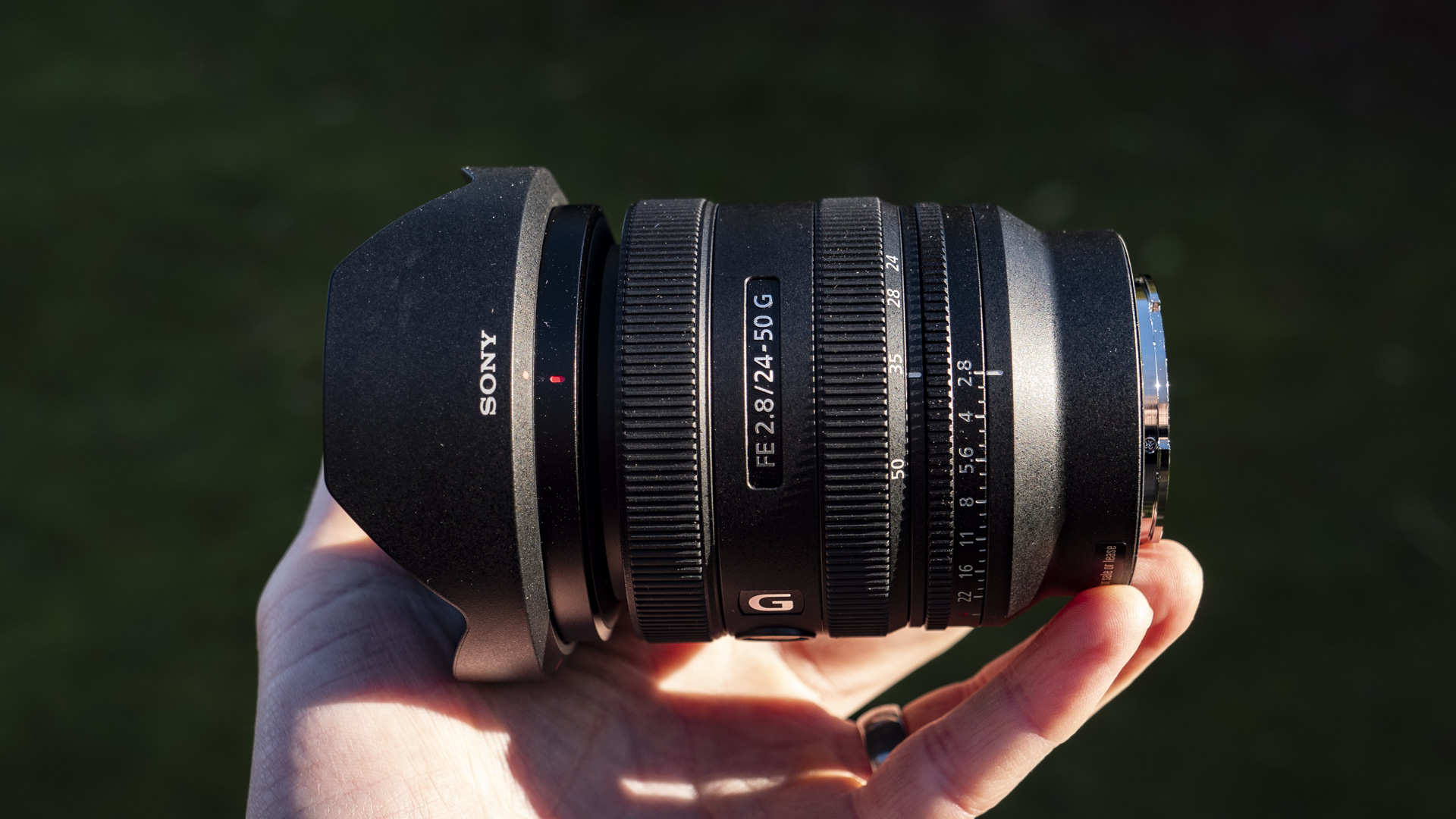
Sony sent me the 24-50mm F2.8 G lens with a Sony A9 III for several weeks, during which time I was able to shoot a lot of photo and video, including portraits and landscapes.
I turned off all in-camera lens corrections, shot photos in both raw and JPEG to then compare corrected and uncorrected files to see what, if any, lens distortions were present. Please note there is little reason to do this in the real world, but these tests are designed to see how hard the camera is pushing files to correct them.
I've made sets of identical images taken at all aperture settings, at each extreme focal length of 24mm and 50mm, for further optical quality comparisons. I've shot action sequences and utilized the A9 III's superb subject detection and tracking autofocus to gain quick and sharp focus with the 24-50mm lens' dual linear motors, plus played with manual focus in both photo and video.
First reviewed February 2024

Tim is the Cameras editor at TechRadar. He has enjoyed more than 15 years in the photo video industry with most of those in the world of tech journalism. During his time as Deputy Technical Editor with Amateur Photographer, as a freelancer and consequently editor at Tech Radar, Tim has developed a deeply technical knowledge and practical experience with cameras, educating others through news, reviews and features. He’s also worked in video production for Studio 44 with clients including Canon, and volunteers his spare time to consult a non-profit, diverse stories team based in Nairobi. Tim is curious, a keen creative, avid footballer and runner, and moderate flat white drinker who has lived in Kenya and believes we have much to enjoy and learn from each other.
